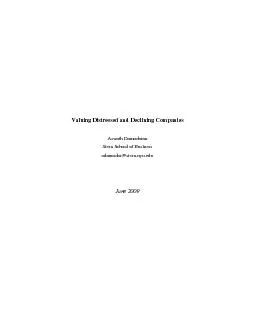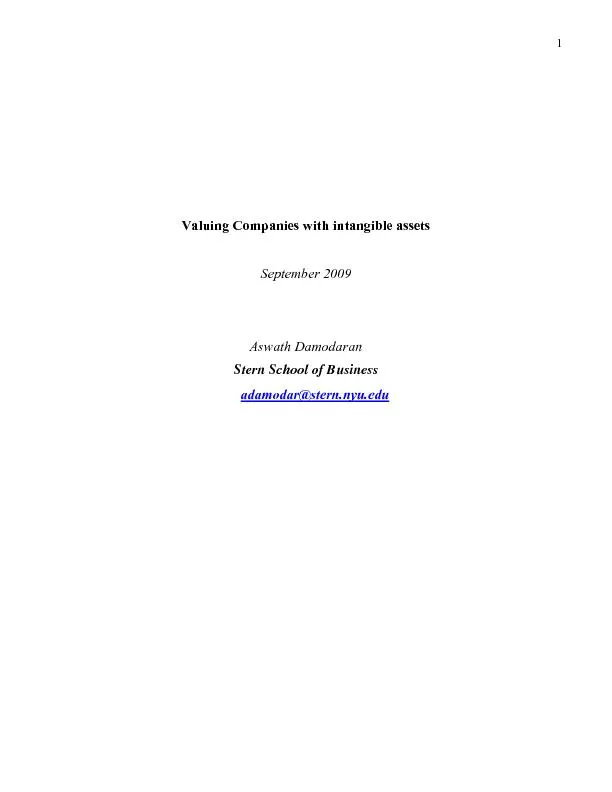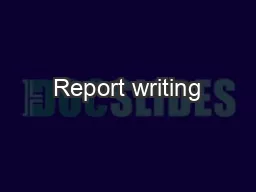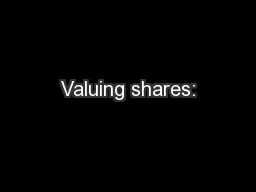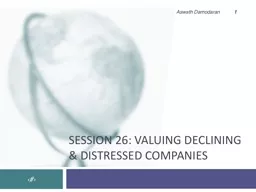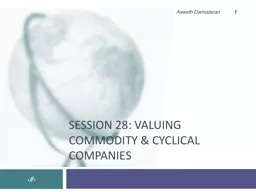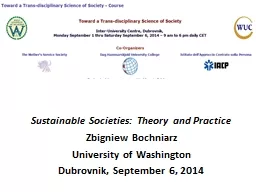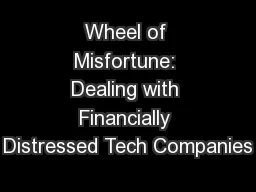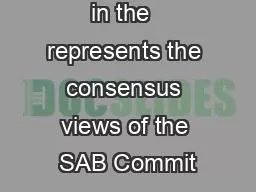PDF-Valuing distressed and declining companies
Author : karlyn-bohler | Published Date : 2017-04-22
lso assumes the debt Since the acquirer is perceived as having less default risk the value of the debt will rise towards the book value which holding The third troublesome
Presentation Embed Code
Download Presentation
Download Presentation The PPT/PDF document "Valuing distressed and declining compani..." is the property of its rightful owner. Permission is granted to download and print the materials on this website for personal, non-commercial use only, and to display it on your personal computer provided you do not modify the materials and that you retain all copyright notices contained in the materials. By downloading content from our website, you accept the terms of this agreement.
Valuing distressed and declining companies: Transcript
Download Rules Of Document
"Valuing distressed and declining companies"The content belongs to its owner. You may download and print it for personal use, without modification, and keep all copyright notices. By downloading, you agree to these terms.
Related Documents

